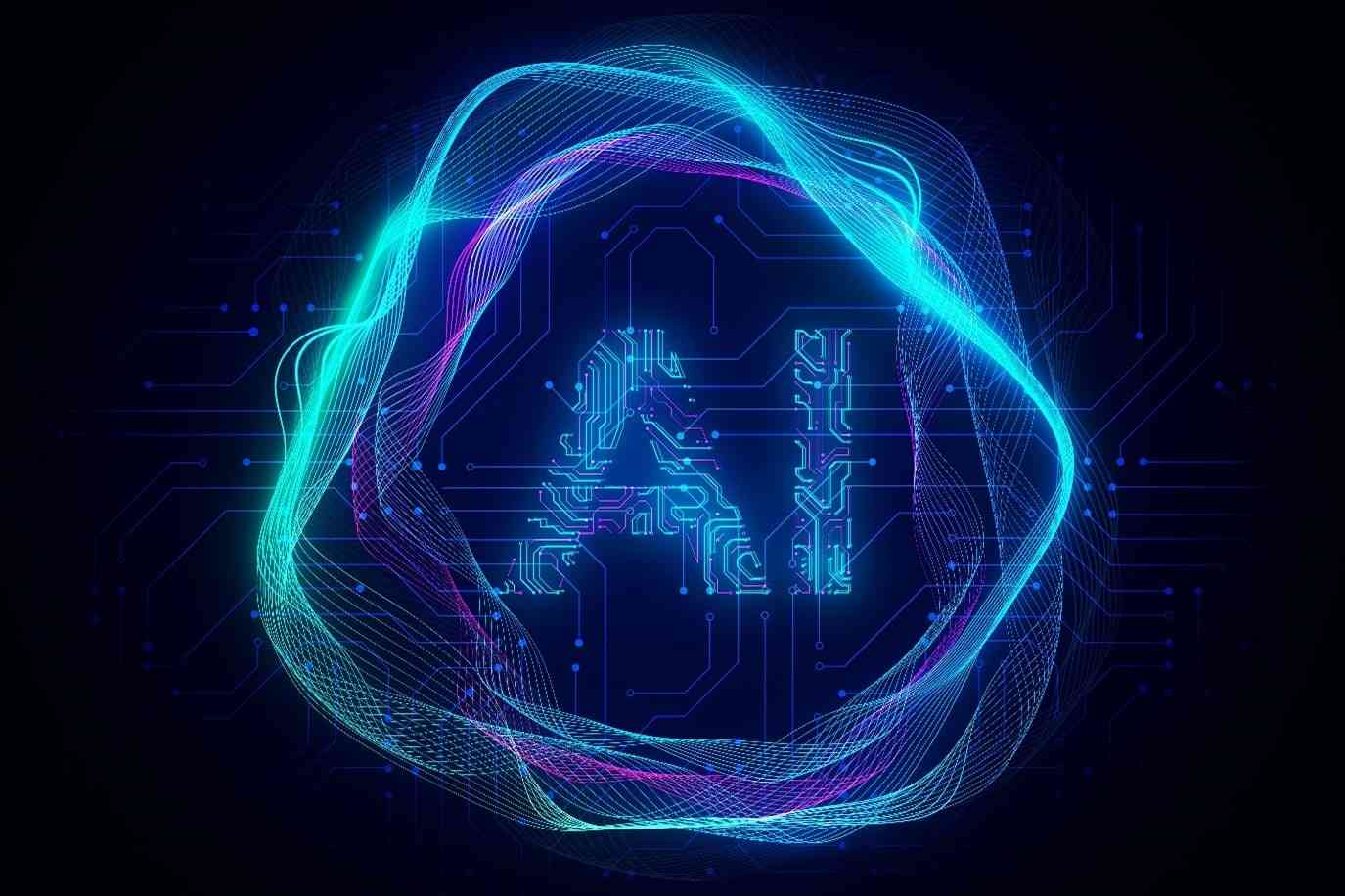
This topic is of significant importance and will be examined from multiple perspectives on a continual basis. It is imperative for classrooms to evolve in response to these discussions, or risk becoming outdated.
The future belongs not to those who can recite facts the fastest, but to those who can ask the smartest questions. Teaching, as we know it, is over not because AI has killed it, but because every student now carries a tireless tutor in their pocket.
With instant access to information, the old model of lecturing, memorisation and recall has lost its power. The challenge for schools is clear: adapt to a world where answers are free, or risk fading into irrelevance.
From facts to meaning
When a phone can tell a child the year World War II ended in a fraction of a second, drilling dates and formulas no longer makes sense.
What matters is turning information into understanding. The questions shift from “What is the capital of France?” to “How do we solve overcrowding in European cities and what lessons can Paris teach us?”
AI does not just change what students can access, it changes what they must learn. The future belongs not to those who recite facts the fastest, but to those who ask the smartest questions.
Teachers as guides
- Time running out for SA-based Zimbos
- More woes for suspended Cottco boss
- Sally Mugabe renal unit disappears
- Epworth eyes town status
Keep Reading
Far from being replaced, teachers are being elevated. Their new role is to guide rather than gatekeep, sparking curiosity and orchestrating explorations that AI alone cannot provide.
Picture a history class: instead of memorising battle dates, students analyse economic data from the civil war, compare perspectives and debate moral choices.
The teacher frames the inquiry, ensures context is not lost and challenges students to think critically about what the algorithms miss.
This shift demands new skills from educators themselves. Teachers must learn to live alongside AI, developing confidence in how to use it as a partner rather than seeing it as a rival.
The classroom becomes less about transmitting information and more about cultivating judgment, empathy and discernment, the human qualities AI cannot replicate.
New core curriculum
The most urgent addition to today’s curriculum is not a fresh subject but a thread running through every subject: AI ethics and digital literacy. Students need to know how AI works, where it fails, and why it cannot be taken at face value.
Real-world scandals bring this home. Amazon’s facial recognition system once misidentified people of colour at alarming rates. Cambridge Analytica utilised personal data to influence voter behaviour. These are not abstract tales; they are living lessons in bias, privacy and power
From users to creators
Education will not keep pace until students move from consumers of AI to creators. Imagine a science pupil designing a chatbot that calculates carbon footprints, or an English student building a writing assistant that preserves their personal style.
These projects teach more than coding; they expose young people to the responsibility that comes with creating tools others may use and trust.
Building even a simple bot forces students to think about questions most adults rarely consider. What data is being collected? How should that data be protected? What happens if their tool gives biased or harmful advice? These are the conversations that transform technical exercises into lessons in ethics and accountability.
Privacy, responsibility
This is where the technical meets the ethical. One concept, differential privacy, teaches how to add “noise” to data so patterns remain useful while individual identities are protected.
Students can experiment with the trade-offs, set the privacy level high and the answers become vague, but safe; loosen it, and the answers sharpen, but personal risks increase.
These lessons prepare young people to innovate responsibly. They see why Apple and Google deploy such safeguards, why anonymisation matters, and why trust is as important in AI as raw functionality.
Beyond classroom
The most exciting prospect is how this transformation spills beyond school walls. Students can already use AI to analyse local environmental data, design bots to help elderly neighbours navigate technology, or support small businesses with AI-powered tools.
Such projects prove that AI literacy is not an abstract skill for future jobs, it has immediate social value. A teenager creating a chatbot that translates medical instructions for immigrants in their community is not just learning, they are contributing.
Survival imperative
The urgency cannot be overstated. Graduates who lack AI literacy will soon be as disadvantaged as those who once left school unable to read.
But those who learn to collaborate with AI, to ask the questions it cannot, to bring the human context it lacks, and to navigate its ethical blind spots, will lead in the world that is rapidly emerging.
The choice before education is stark: evolve or become irrelevant.
The students are ready; the technology is already here. What remains is whether our schools will rise to the challenge of preparing young people not just to survive, but to shape a future where human and artificial intelligence work together for human flourishing.
Bangure is a filmmaker with a media degree and substantial experience in media production and management. He previously served as the chairperson of the National Employment Council for the Printing, Packaging, and Newspaper Industry. A dedicated enthusiast and scholar of artificial intelligence, Bangure combines his creative and technical skills to delve into innovative advancements. — [email protected].











